
EDITORIAL:
The message from the last 12 newsletters has been that manufacturing continues to decline with regular reporting of factory closures and moves offshore. Underpinning this has been the losses in the automotive sector culminating with the 2016 closure of Ford and the continuing rhetoric from Holden that reduced labour costs are essential to any kind of future. It is uncertain whether the recently announced additional funding is the right action and so this month we ask members for their views through a simple survey on what should happen to the car industry so that we can form a comprehensive Society view. Another strong theme throughout the last year has been the need for manufacturing to innovate and focus. Featured in the last edition was the Manufacturing Monthly’s Endeavour Awards that demonstrated how some companies are rising to this challenge and this month’s companies news continues this success with companies like Joy Global, Leviathan Design and Thales showing innovative ways of fighting for a new manufacturing future.
Often, when economists and academics talk about the challenges of the economy, their words are couched in specialist, obtuse language that is just as confusing, so it was good to hear Warwick McKibbon, Professor of Economics at ANU explain on ABC’s “Lateline” (6th of August) what is wrong with current policies. Without taking a political stance, (which VVS also tries to do), he explained academic’s role is to point out poor policies and there has been more of these in the last five years of government. Speaking primarily on the just announced rate reduction he argued that this shows the economy is weak and the RBA is really trying to correct for wrong policies. The basic problem is that the country has high ‘input’ costs in energy, labour, regulation and environment controls; in addition the political uncertainty, as well as the adjustment in the resources industry is adding to the slowing economy. We are simply a too high cost economy. What rate reductions only do is cause people to save more (the retirees who rely on savings) and cause fixed income people to become poorer. There is political incoherence with random policies and changing regulations adding to uncertainty and reducing risk taking. If businesses and therefore people are successful their taxes go up. McKibbon said there is a real lack of vision for real infrastructure improvement that raises productivity. While China’s growth is changing; incomes in China are still only 15% of the US and still offers opportunity. There is too much regulation, not just in IR but in the environment. There needs to be greater flexibility in the labour market and a reduction in the Federal and State bureaucracy to free up the economy to take advantage of the global market growth.
THIS MONTH’S GENERAL NEWS
Paul Gollon of Macquarie University writing for the ‘Conversation’ reports that one year on from the ‘Fair Work Act’ review, many of the 53 recommendations have still to be implemented. The system was said to bring in a more collaborative workplace but has not brought the required results, despite union rhetoric to the contrary. According to the ABS, in 2007 there were 135 disputes that resulted in a strike and in 49,700 working days being lost. In March 2013 the number of similar disputes has reached 218 with 289,500 working days being lost. This is despite union membership being at only 13%. One blogger responded to suggest that it is almost impossible today to ‘performance manage’ employees out and even if this is achieved, the likelihood is that they will, using the abundance of ‘no win – no fee’ lawyers, tie the company up in expensive litigation. The blogger suggests this is leading to an increasing reliance on casual labour where the structure is not so punitive to employers.
A recent report by the Grattan Institute (CEO John Daly spoke to the Vernier last year) suggests that the country’s manufacturing sector has performed with resilience through the mining boom, worth $400b in the last decade and will benefit from the reduction in exchange rates that occurs at the end of a resources boom. The study based on 16 countries whose exchange rates came down at the end of their resources boom and found that “within 3 years, manufacturing exports on average as a share of GDP had risen by more than a third”. However, the report has been treated with some scepticism in other quarters, suggesting that once a manufacturing sector dips below 5% of GDP it is lost forever.
The ‘West Australian’ reports that the Chairman and MD of Alcoa Australian, Alan Cransberg has said that Australia’s industry has become “fat, lazy and happy about the fact that we are good at digging holes’. He said that the cost of doing business in Australia was a major concern. His comments were made as research was released that showed Australia’s unit labour costs had gone from 85% of the USA in 2000 to 241% today. Alcoa’s Victorian smelters are under review as Port Henry and Portland sites are among the countries most expensive.
A report in the ‘Australian’ suggests that China’s labour costs will overtake US by 215 and Australia’s productivity decline in manufacturing is even more pronounced. While in 2000 china’s labour costs were 30% of the US this advantage is quickly being eroded with US manufacturers taking the advantage of cheap shale gas to “reshore”. China’s wage growth is creating an increasingly consumptive Asian middle class predicted to increase from 600m in 2010 to a billion by 2015. This increase in China will drive the need for low cost manufacturing to other ASEAN countries like Thailand and the Philippines as well as Bangladesh and Pakistan. .
According to an RMIT-MGI survey, the percentage of manufacturers in family business is contracting noticeably. A decade ago manufacturers made up 40% of all family businesses but there has been a sharp decline to around 20%, according to the latest survey, driven by the GFC. In addition, the Business Spectator is predicting that manufacturing employment will continue to decline but will focus either on high technology products or products that are too hard to bring in from overseas like bricks and beer.
At a recent Leaders Summit in Melbourne, Austrade’s Philip Bourke told the audience that Asia poses both a threat and a significant opportunity to Australian manufacturers. By 2025 it is estimated there will be 2 billion people living in urban areas (about 50% of the world’s population) and about 50% of these will be living in Asia. This will transform Asia, increasing their desires for mobility, health, food, leisure, infrastructure and education. Bourke argued that Australia still has a place in terms of value add technology and the design of higher end goods. “At Federation, Asian trade with Australia was less than 10 per cent of our total trade; now it’s about 70 per cent and Asian countries make up eight of our top ten major trading partners,” he said. In line with Labor’s Asian Century Whitepaper in October pointing to innovation in advanced manufacturing, and assisted by a transformation of organisations like Austrade, Australia is in the right place at the right time, moving from the tyranny of distance to the power of proximity. “Austrade is in 15 countries; have 11 officers in China and 11 in India,” he said. Recently, Austrade has also opened offices in Mongolia and Western China to support mining, manufacturing and other penetration opportunities into those growth areas. But he warned that is Asia is not one market; its many markets and all are different.
Reuters reports that the British manufacturing sector recorded its best monthly result since March 2011, and China also registered growth in July. The July Markit/CIPS PMI survey gave an overall result of 54.6 for July, following June’s 52.9. Any result above 50 indicates growth, and below it reflects contraction. While at the same time Australia July index has fallen to 42% falling June’s figures that had risen close to parity.
The British newspaper the Telegraph reports that increasing numbers of British businesses are looking to bring their manufacturing operations back home from overseas. This trend is emerging as labour costs in Asia are rising and the latest consumer tastes require shorter, more flexible supply chains. This push is supported by local business leaders lobbying for increased government support. Business leaders are pushing for more local production and suggesting that import substitution is just as important as growing exports. This view is endorsed by an increasing campaign to “Buy British”.
COMPANY NEWS
Futuris, the Victorian based but global car seat manufacturer and presenter to Vernier earlier in the year has now been sold to California based Clearlake Capital for an estimated $69m. Clearlake currently manages approximately $1.4 billion of equity capital, and Clearlake’s founding principals have led over 70 investments totalling more than $3 billion of capital in sectors including business services, communication, consumer products/retail, defence/public safety, energy/power, healthcare, automotive, industrials, media, and technology. Dexter Clarke who presented to VVS has just been promoted to the company’s Chief Financial Officer.
JOY Global, manufacturer of Mining Machinery has just opened its first Australian remote access facility on the University of Wollongong’s innovation campus. This facility allows the company, through large Video wall screens to track all of the company’s data on their actual equipment at the mining sites and will house all Joy’s sales and service information. Wollongong was chosen because of their links to major mining corporations. Joy global see mutual benefit in R&D collaboration with the University and increases their ability to attract graduates to the industry; as well as providing a modern and stimulating environment for their team.
Editor’s note – This proves the value of collaboration and of the merits of proposed Innovation Centres.
Melbourne Company Leviathan Design has designed manufactured and installed a complex cell of 7 ABB robots to bond metal trim and plastic columns to a glass panel to form a door outer assembly used in free standing household cookers manufactured in Adelaide by Electrolux in 14 seconds.
Editor’s note – another Victorian company I have never heard of before, based in Rowville – have a look at their quite novel website.
Launceston-based car parts manufacturer ACL Bearings will be closed by receivers by next June with 136 workers eventually losing their jobs. ACL has been operating under receivership since 2009 when 110 workers lost their jobs and since then the workforce has reduced by a further 55 people. ACL Bearings supplies components such as engine bearings and gaskets to the automotive industry and exports around 75-80 per cent of its products.
Archer Enterprises, a maker of precision stainless and titanium components to fine tolerances have been commissioned by Green energy company Granite Power to produce the front end assembly for their Waste Heat Recovery demonstration model, impulse turbines after Archer assisted Granite Power with the original design. Archer based in NSW and in business for over three decades are a one-stop provider of fail-safe performance-critical products to global OEM’s and market leaders concerned with safety, asset protection and critical/essential-service applications.
Carbon Revolution, (formally CFusion) who has made “the world’ first one-piece carbon fibre wheel” a leader in this technology, want government assistance to invest in a new facility in Geelong. The facility would create an extra 300 jobs by 2017 and add to their existing plant at Waurn Ponds. The more expensive high performance wheels are 40-50% lighter than aluminium and offer according to the Deakin university between 3 and 8% reductions on emissions, were developed using a previous grant of over $1.8m through the Federal governments Green Car Innovation Scheme. Switzerland’s Ronal Group, who make light alloy wheels and shower enclosures, has a minority stake in the company.
Military vehicle manufacturer Thales Australia is to offer Victorian manufacturers opportunities to play a role in the manufacturing of the company’s Hawkei protected vehicle. Around 20 SMEs, many from Victoria, met with Thales representatives to discuss options for the manufacture of the Hawkei’s fabricated sub-frame, vehicle components and assemblies. Thales is segmenting the Hawkei supply chain work into around 30 major work packages. The company wishes to join with suppliers who can work in partnership with the company to meet specific quality, cost and technical requirements. The work packages to be offered include work related to HVAC systems, Pneumatic systems, Hydraulic systems, Bonnet assembly, plastic components, and power pack dressing.
And finally, a Shakespearean thought from the Editor on return from the motherland.
What irony, as in my absence as I stood before the Tower’s famous Gate, a colonial Queen was executed; oh how Machiavelli turns in his grave. The resurrected black Prince is robbed of a bloodstained, vengeful sword as minister’s with unusual integrity, fall on theirs. A new army is formed from depleted ranks, why even the minstrel Cameron is recalled to the fight. But surely, the might of the enemy cannot be withstood. Nae, can this modern day Henry V recreate a political Agincourt as “his few, his happy few, his band of brothers (and now to be politically correct sisters) and ne’er so vile, shed their blood”? Yet only two days in I cry; “that he which hath no stomach to this fight, let him depart, his passport shall be made”. Flee, fly, drive, set sail, I say for anywhere; why even PNG by boat seems more appealing than the next month in Australia!
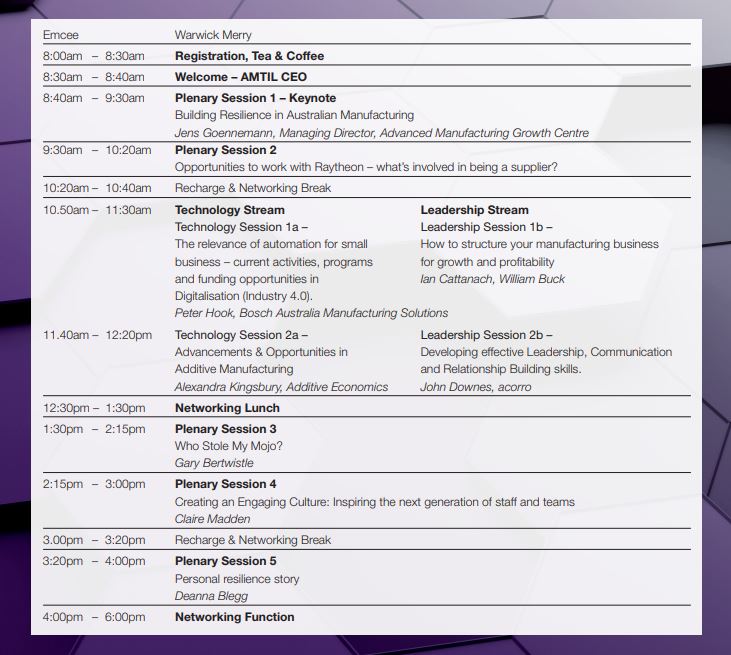

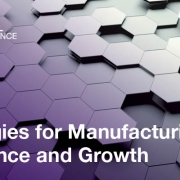


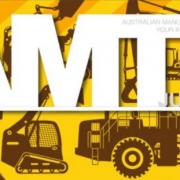

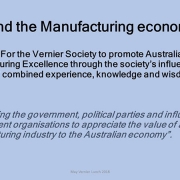
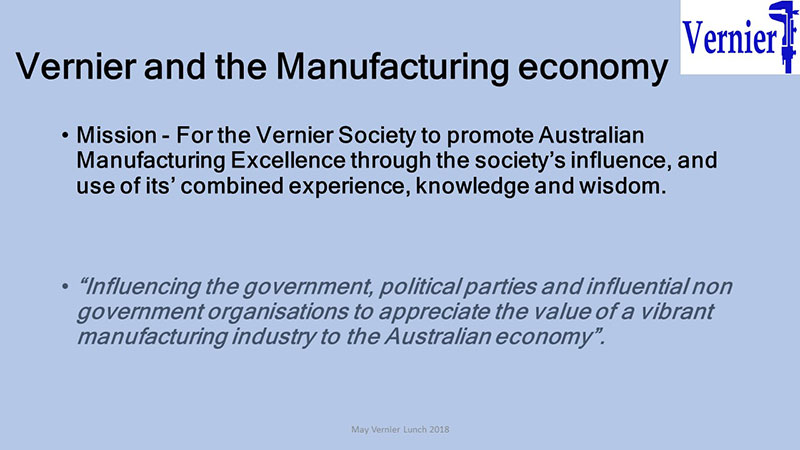


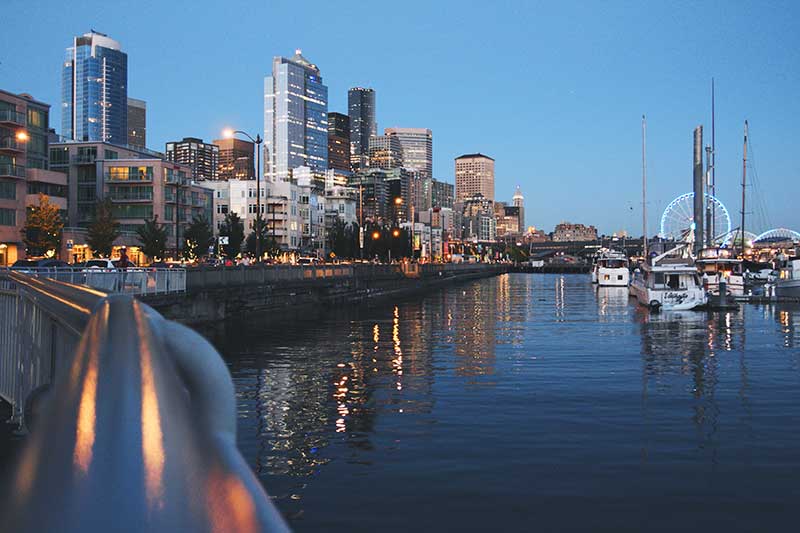
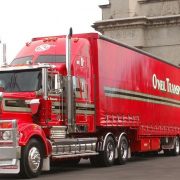

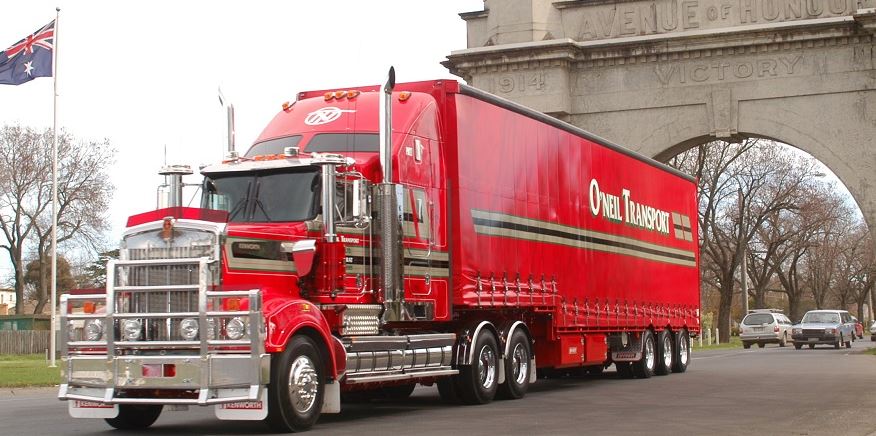





 Editorial
Editorial